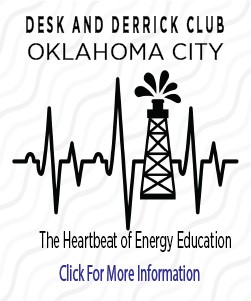
A report by two state agencies in Oklahoma says hydraulic fracturing and the completion of oil and gas wells are not a leading contributor to causing earthquakes in the state.
The report comes from the Oklahoma Corporation Commission and the Oklahoma Geological Survey. It indicated that efforts to manage the potential risk of induced earthquakes not associated with wastewater injection wells are showing some “positive results.”
“Based on the present data, wastewater disposal into the Arbuckle Group, not hydraulic fracturing operations, poses the highest risk when it comes to induced earthquake activity,” said Dr. Jeremy Boak, Director of the Oklahoma Geological Survey.
Dr. Jacob Walter, the State Seismologist at the OGS said early evidence indicates the type of seismicity linked with completion is stratigraphically shallower than the earthquakes tied to deep injection. He explained it does not appear to reactive basement faults unlike the more numerous and often far larger quakes associated with injection wells.
Efforts at controlling the operations of wastewater injection wells appear to be working.
“While still evolving, the “traffic light” protocol system developed by the OCC and OGS and put in place by director in December has thus far yielded some good results,” offered Tim Baker, Director of the Corporation Commission’s Oil and Gas Division. “The actions taken under the directive have been in response to events that have occurred away from the Arbuckle injection wells that have been linked to most of the earthquake activity in the state.”
The Corporation Commission contacted operators on 27 events of 2.5 magnitude or greater as a result of the December directive.
“In the cases where companies have taken mitigation actions, the earthquake activity either stopped quickly or tapered off and stopped soon after,” added Dr. Boak.
But both agencies are not easing up on their research of the earthquakes associated with the oil and gas industry.
“When it comes to all forms of induced seismicity, we know far more now than we did only a few years ago, but there’s much work that remains,” said Dr. Walter. “OGS will continue to monitor and track seismic activity and lead research projects to better understand induced seismicity.”
He said the two agencies will focus on a possible link between initial small-scale seismic activity and subsequent larger events.





